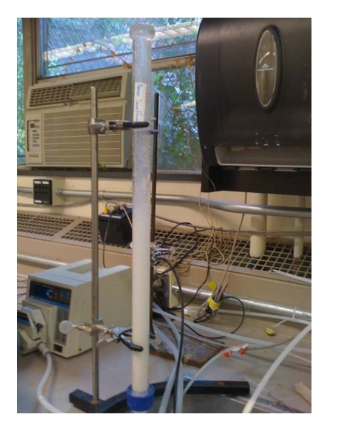Abstract
The ANC Control team has conducted laboratory research to investigate the feasibility of using a lime feeder to add alkalinity to the influent water of AguaClara plants. This was necessary in order to maintain the pH within the ideal range for flocculation after the addition the chemical coagulant, alum, which has an acidic effect. Low-alkalinity source waters in Honduras do not provide sufficient buffering capacity naturally to resist the drop in pH. The team has found that proposed lime feeder designs consistently fail to produce saturated effluent for a length of time which would make them economically and practically viable. The failure is believed to be caused by precipitation of calcium carbonate on the calcium hydroxide solid surfaces. The recent availability of poly-aluminum chloride, an alternative coagulant to alum with a much smaller acidic effect, in Honduras has reduced the need for lime feeders with AguaClara plants


